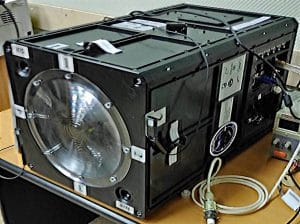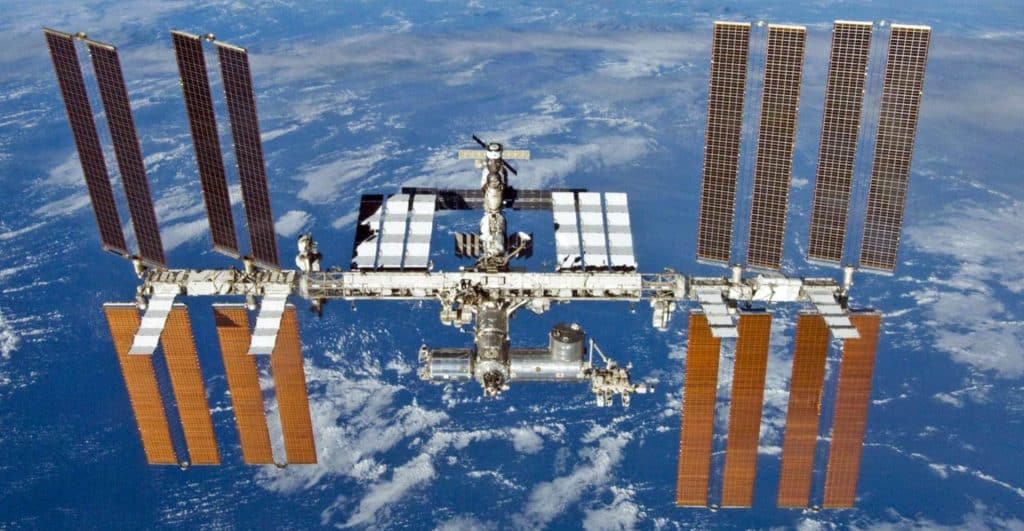Stratasys revealed that its industrial-grade FDM 3D printing technology is being used to produce certified 3D printed parts for use by the International Space Station (ISS).
As part of an interim bilateral agreement between the Italian Space Agency (ASI) and the Russian Space Agency “Roscosmos”, the Italian Government Research Center Istituto Nazionale di Fisica Nucleare (INFN-National Institute of Nuclear Physics) used Stratasys Fortus 450mc FDM 3D printer to produce the entire mechanical structure of the first cosmic ultraviolet telescope of its kind currently on the International Space Station, which was achieved under the coordination of the Italian Space Agency.
In order to study the ground and cosmic ultraviolet emissions of the International Space Station, a telescope named “Mini-EUSO” (a new multi-wavelength imaging instrument for extreme space observatory) was recently launched on the Soyuz rocket and was successfully placed facing the Earth The Russian Zvezda module of ISS on the windows.
“With an orbit of about 90 minutes, Mini-EUSO records all space and atmospheric objects and events within sight, including UV emissions from night-earth, transient luminous events, meteors, space debris and more,” explained Marco Ricci, lead researcher at Laboratori Nazionali di Frascati INFN and INFN Country Manager for Collaboration EUSO SPB2 Italia. “The final scientific objective is to produce a high-resolution map of the Earth in the UV range (300-400nm), which is expected to significantly advance research on cosmic rays, but also serve as an important experiment for future space missions.”

According to Ricci, the impact of 3D printing on the project has changed.
“Using Stratasys FDM 3D printing throughout the production of the Mini-EUSO’s mechanical structure enabled us to reduce the overall cost of the project by a factor of ten, as well as save us around a whole year of development time. It’s an incredible outcome for us that I have to say I never expected from 3D printing,” he said.
The mechanical structure for producing Mini-EUSO presents some challenges. Most notably, the materials needed by the team should meet the stringent certification requirements of the aerospace industry and ISS, and be able to withstand the mechanical stress and vibration of rocket launches.

